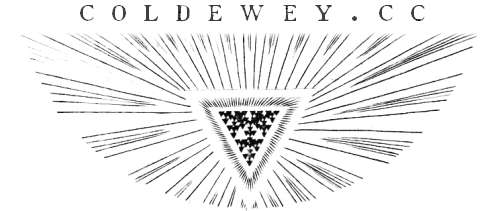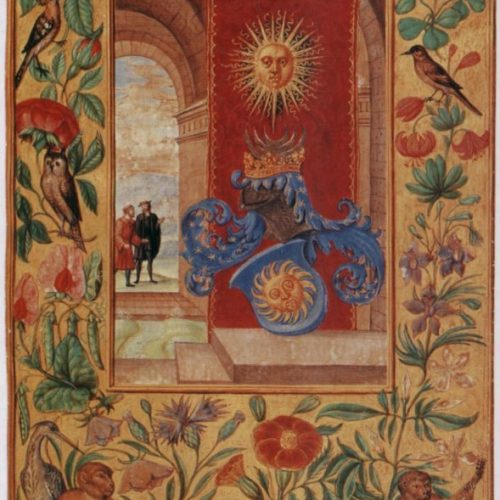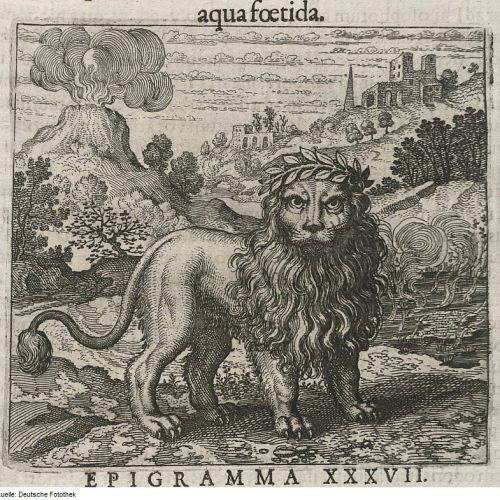This interesting book was put in my hands by a good friend whose literary suggestions are sound without exception. It is not, as the title may suggest, a tell-all like Pepys’ diaries, or even, really, a private memoir at all. It’s a striking early example of nontraditional narrative structure, predating many other adventurous novels and reportedly inspiring Stevenson’s Jekyll & Hyde.
It’s remarkable for the transparency of its misdirection, which leaves the reader constantly unsure exactly what is true, and rarely pins anything down with certainty. So the reader, like the protagonist in fact ends up at one point in the novel, is suspended between several points of view and unable to make any definite conclusions. It begins with an “Editor’s narrative,” which describes a series of events at the turn of the 17th century involving two sons of a Scottish Laird, one of whom is disowned and becomes a religious zealot who torments and eventually kills the other for, apparently, no reason. Then follow the actual confessions, which are written by the religious brother, Robert, and seem to describe a descent into depravity and madness, accompanied and prompted by someone who may or may not be the devil. Last, there is a continuation of the editor’s narrative, which describes how the text was found.
As others have pointed out, this means the story is in a way told backwards; it would be far more logical to describe how the text was come across and its context, then present the text itself, then produce some criticism or notes to aid in its interpretation. Yet the point of the novel isn’t just to tell a story, though the story of how absolute certainty in an idea can, and in a way must, lead to the worst atrocities, is certainly interesting enough.









